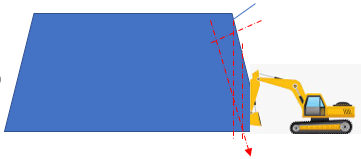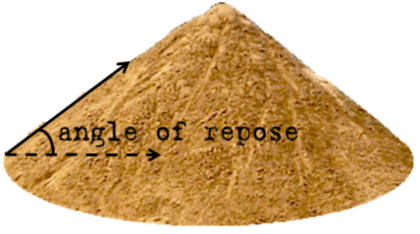NoStrainNoPain
Electrical
I am interested in learning how to forced a consistent failure in a slope. My company has developed an inexpensive IoT based tilt sensor that is intended to monitor slope failure around critical assets and provide real time data on the angle of inclination. Our problem lies in testing. Based on some reading that I have done, I think that excavating the toe of a hillside would be the most pertinent test and would appropriately simulate the real world application. A crude representation follows. The vertical red lines indicate that this will be an iterative purpose where we will periodically reduce the stability of the slope to accelerate the results of the test.

I was hoping for some direction to a some literature that I could read that may help design a controlled failure for this test. As I am sure that you can tell, my background is not civil related, I am intrigued by the field and would love to learn about the factors that need to be controlled to ensure the test simulates a slope failure in a way that tests the effectiveness of our low cost monitoring strategy. Of course, I will keep everyone posted with the results of the test in case I strike anyone's curiosity.
Thanks for all of your help!

I was hoping for some direction to a some literature that I could read that may help design a controlled failure for this test. As I am sure that you can tell, my background is not civil related, I am intrigued by the field and would love to learn about the factors that need to be controlled to ensure the test simulates a slope failure in a way that tests the effectiveness of our low cost monitoring strategy. Of course, I will keep everyone posted with the results of the test in case I strike anyone's curiosity.
Thanks for all of your help!

